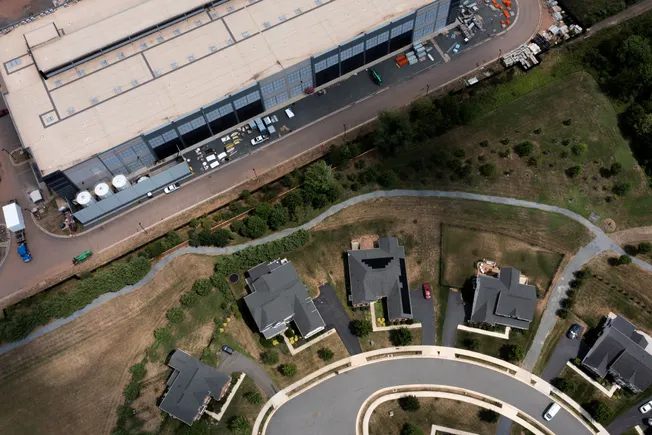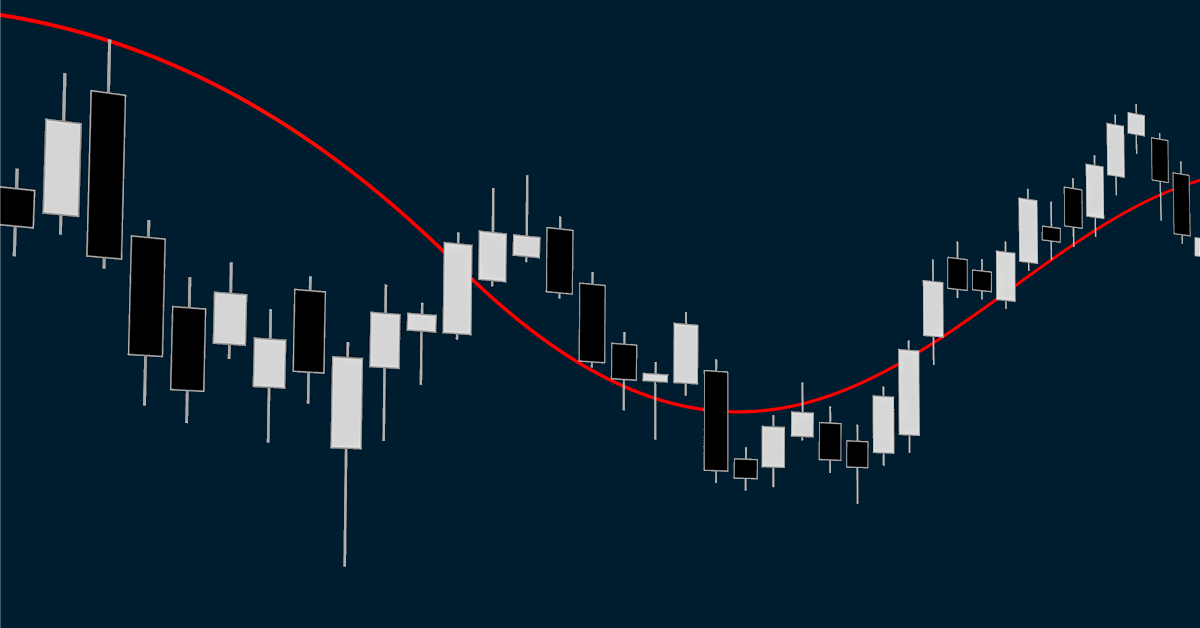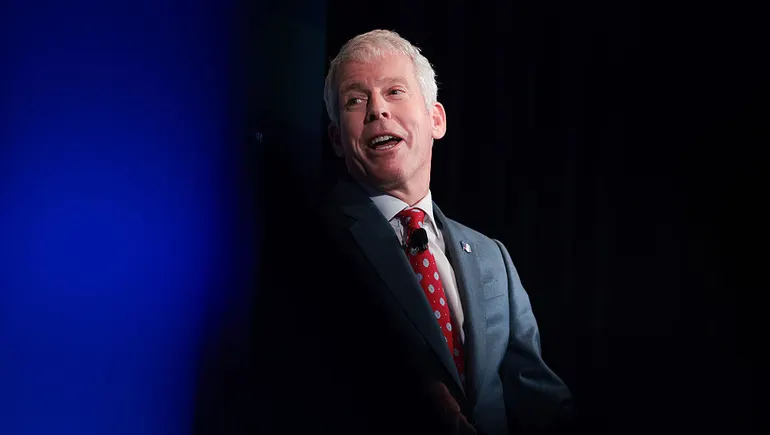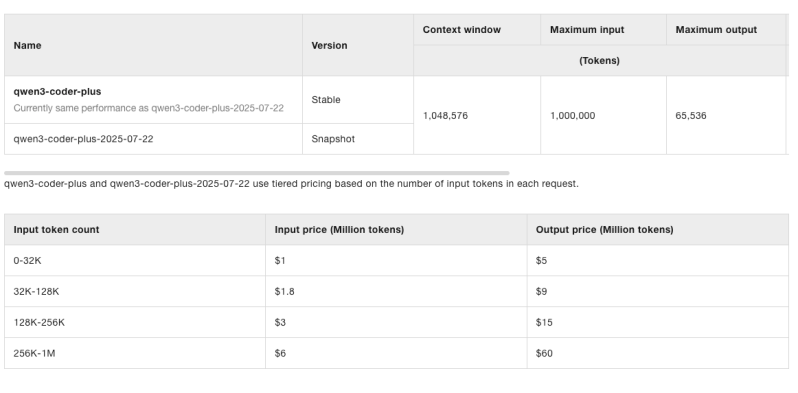
Dive Brief:
- In order to accommodate spiking electricity demand in the U.S., the capabilities of the existing power system should be leveraged using tools like grid-enhancing technologies, and new loads should be co-located in “energy parks” — large microgrids — to minimize the need for transmission upgrades, according to a Tuesday report that the Brattle Group prepared for the Clean Air Task Force.
- The report recommends states and utilities consider “scaling up promising demand-side programs” and providing targeted incentives for them to customers. Energy efficiency technologies, distributed energy resources, time-varying rates and demand response can “create more headroom in the electricity system to accommodate more load growth,” it says.
- The report also recommends avoiding the need for costly transmission upgrades as much as possible by creating energy parks, “where large electricity consumers are co-located with generation assets that can be dispatched for grid-related needs, which can offer significantly faster grid access for new loads.”
Dive Insight:
Several energy parks are already in development, including the $1 billion Meitner Project in Texas, which is “developing 460 MW of wind and 340 MW of solar to power 400 MW of hydrogen electrolyzers,” the report says. It also notes that Google plans to invest $20 billion in energy parks by the end of the decade “to power data centers using solar and battery storage, with the first project expected to be operational in 2026 and complete in 2027.”
“To facilitate this co-location arrangement, transmission operators and owners should adopt interconnection processes that appropriately reflect the operation of colocated load and generation, and offer expedited screening processes given the controllable, non-firm nature of their grid injections,” the report says.
In December, Grid Strategies issued a report estimating that U.S. electricity demand could rise 128 GW over the next five years — a five-fold increase in load growth forecasts over the past two years.
However, utilities, grid operators and regulators are also dealing with forecasted demand that is failing to materialize, including from speculative load interconnection requests. Astrid Atkinson, a former Google senior director of software engineering and now co-founder and CEO of grid optimization software provider Camus Energy, said in May that there are around “five to 10 times more interconnection requests than data centers actually being built.”
The report notes that “questions remain about the firmness of hyperscalers’ plans for new data centers and how future expansion will unfold as artificial intelligence (AI) training, usage, and computational efficiencies continue to evolve rapidly” and encourages the standardization of load interconnection processes to “[reduce] uncertainty associated with load growth and enhancing planning efficiency.”
Overall, the report encourages planning processes that “more explicitly recognize future uncertainties in planning in order to develop ‘least-regrets’ solutions that maximize long-term cost savings while minimizing the risks of both over- and under-investing in the system.
“Many existing processes operate on a ‘first-come, first-served’ basis, which enables speculative behavior and can inflate load forecasts with non-viable phantom projects,” the report says. “A consistent, transparent, and actively managed load interconnection process would help mitigate these risks and support more effective system planning.”
Tools for accomplishing this include “clearly defined queue protocols, robust financial and commercial readiness criteria and requirements, a clear distinction between interconnecting firm and interruptible new loads (including those with co-located generation that is dispatchable for grid needs), and mechanisms to remove nonviable projects from the queue,” according to the report.
The report says utilities and regulators should encourage new large customers to self-supply the energy they need.
It suggests options such as wheeling – where customers own or procure their generation resources themselves or through a third-party supplier, “with the utility delivering the self-supplied power over its transmission and distribution grid” – or sleeving, where electricity from a renewable energy project is transferred to an offtaker through an intermediary company.
“To ensure system-wide resource adequacy and local reliability requirements, utilities and RTOs should further incorporate customers’ self-supplied generation into their reliability operations and planning processes,” the report says. “Doing so would allow the accelerated deployment of generation through self-supply while also serving system-wide needs to maintain resource adequacy.”




















